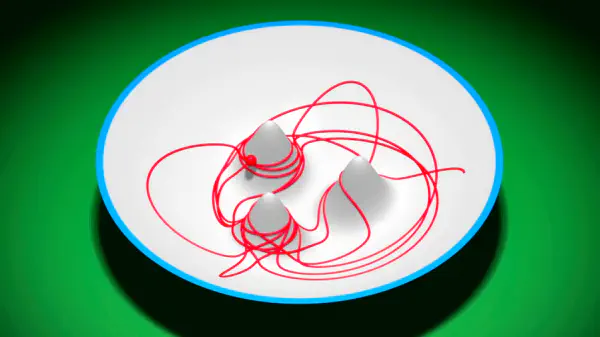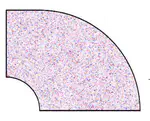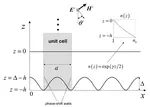RAISE
Ray chAotIc ScEnarios

Ray chaos, characterized by the exponential sensitivity of ray trajectories to initial conditions, is typically associated with complex propagation environments like urban areas. However, it can also manifest in simpler structures, such as homogeneously filled “billiard-shaped” enclosures, which induce multiple reflections, focusing, and defocusing effects.
In collaboration with the late Prof. Leopold B. Felsen (Boston University), we explored the implications of internal ray chaos for high-frequency wave dynamics, drawing parallels with concepts from quantum physics (classical vs. quantum chaos). Our research highlighted the “ray-chaotic footprints” observable in such scenarios.
We conducted a full-wave analysis of short-pulse electromagnetic wavepacket propagation in ray-chaotic enclosures using the finite difference time domain (FDTD) method. These findings have significant applications in wideband electromagnetic interference and compatibility testing, where devices under test are subjected to “pulse shower” illuminations with characteristics largely independent of their physical attributes. Additionally, this research can contribute to the synthetic emulation of multi-path wireless channels.
We also examined ray chaos in open configurations, such as (n>3)-disk “pinballs” and certain inhomogeneous refractive media with ray-trapping properties. By studying two-dimensional test cases, we demonstrated that, under specific conditions, high-frequency wave dynamics can exhibit irregular behaviors and other peculiar characteristics—interpreted as “ray-chaotic footprints.” These features, often absent in regular geometries, suggest complex behaviors even in non-chaotic environments.
Our results show that electrically large, ray-chaotic configurations display intricate monostatic and bistatic radar cross-section (RCS) responses, marked by wide dynamic ranges and high sensitivity to frequency and incidence direction. This complexity presents promising opportunities for radar countermeasures, leveraging the diverse RCS signatures inherent in ray-chaotic scenarios.
Collaborations
- Prof. Leopold B. Felsen, Boston University, USA



